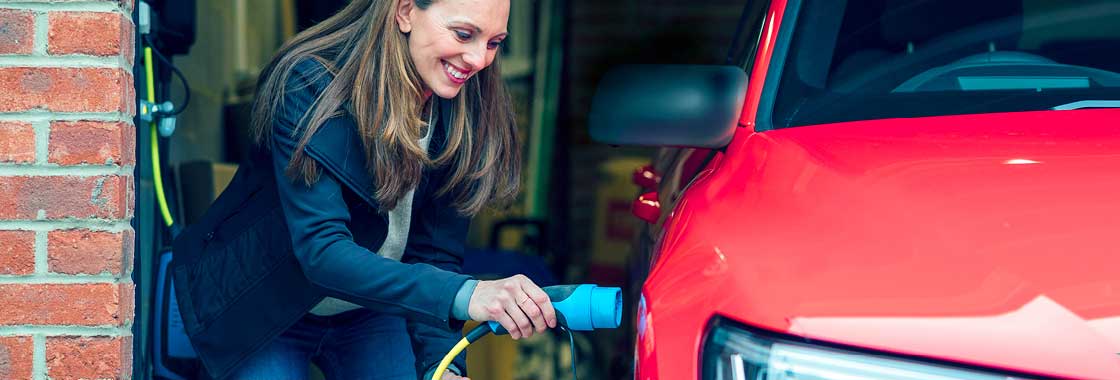With a funding commitment by State and Federal governments to install 700 additional fast charging locations across the country (Electric Vehicles Council, State of Electric Vehicles (SOEV) - March 2022 report), EVs are quickly becoming a popular alternative to petrol and diesel vehicles.
The SOEV July 2023 report shows that in 2023, Australia’s EV sales saw a 121% increase from 20,655 in 2022, to 46,624. This increase may be in part thanks to government initiatives aimed at encouraging the move towards low or zero-emission vehicles.
Some potential EV buyers are still hesitant to make the transition, mostly because of the availability and accessibility of charging stations, as many homes are not yet EV ready.
In this post, we’ll unpack how adding an EV to your life and your home doesn’t need to be complicated, including the steps involved to adapt your home for EV charging.
